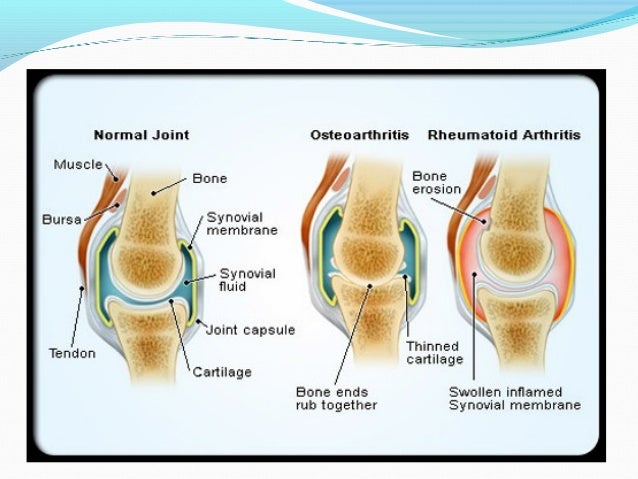

The use of magnetic resonance imaging and computed tomography in the diagnosis of PJI are limited given their increased cost and low specificity. Positive uptake detected by delayed-phase imaging due to increased bone remodeling around the prosthesis is normally present in the first two years after implantation and even later 9). Bone scintigraphy with 99 mTc has an excellent sensitivity, but its specificity to diagnose PJI is low. Therefore, plain radiography has low sensitivity and low specificity for detecting infection associated with a prosthetic joint 8). However, periprosthetic radiolucency, osteolysis, migration, or some combination of these features may be present on radiographs of patients with either infection or aseptic loosening of the prosthesis. The signs that suggest infection are a wide band of radiolucency at the cement-bone interface (in the case of cemented prostheses) or at the metal-bone interface (in uncemented prostheses) which are associated with bone destruction 7). Plain radiographs are particularly useful compared to prior films. The main imaging method used in diagnosing joint prosthesis infections is plain radiography. Meticulous evaluation of the patient's medical and surgical history as well as comprehensive physical examination is an important screening tool for PJI and helps in guiding the subsequent diagnostic evaluation. In the absence of obvious indicators, a high index of suspicion is necessary. Clinical presentation of an infected THA depends on the virulence of the etiological agent involved, the nature of the infected tissue, the infection acquisition route, and the duration of disease evolution. However, many chronic infections are clinically difficult to distinguish from aseptic failure as signs of infection may be completely lacking. In the presence of wound drainage, erythema, and swelling about the hip associated with systemic symptoms (fever, chills, and generalized malaise), the diagnosis of an infected THA is relatively straightforward. In some cases, the diagnosis of PJI is made on physical examination alone.

Clinical evaluation based on a patient's constellation of clinical symptoms and risk factors for infection is important to determine the most appropriate diagnostic testing strategy. Physicians begin a visit with a patient with a medical history and physical examination. The current study was designed to summarize an algorithmic approach to the diagnosis of PJI and review current controversies surrounding new diagnostic tests. Therefore, when diagnosing cases of PJI, physicians should follow a stepwise model, using available resources within the practice or hospital. The lack of a gold standard makes impacts the ability to compare results across studies and collect data enough to augment our understanding of PJI. Nevertheless, due to the insufficiency of standardized clinical and evidence-based guidelines, the diagnosis of PJI remains difficult despite the variety of tests available. Despite the rates of infection falling to less than 1% to 2% of all primary total hip arthroplasty (THA) and less than 5% of revision THA 1), the number of THA cases have increased as a result of the growing aging population 2, 3).ĭiagnosis of infection after THA is challenging, often requiring multiple diagnostic methods. Though infrequent, periprosthetic joint infection (PJI) is one of the most serious complications.

However, there are incidents of failure, necessitating revision surgery. Hip arthroplasty relieves pain, improves joint function, and increases patients' quality of life.


 0 kommentar(er)
0 kommentar(er)
